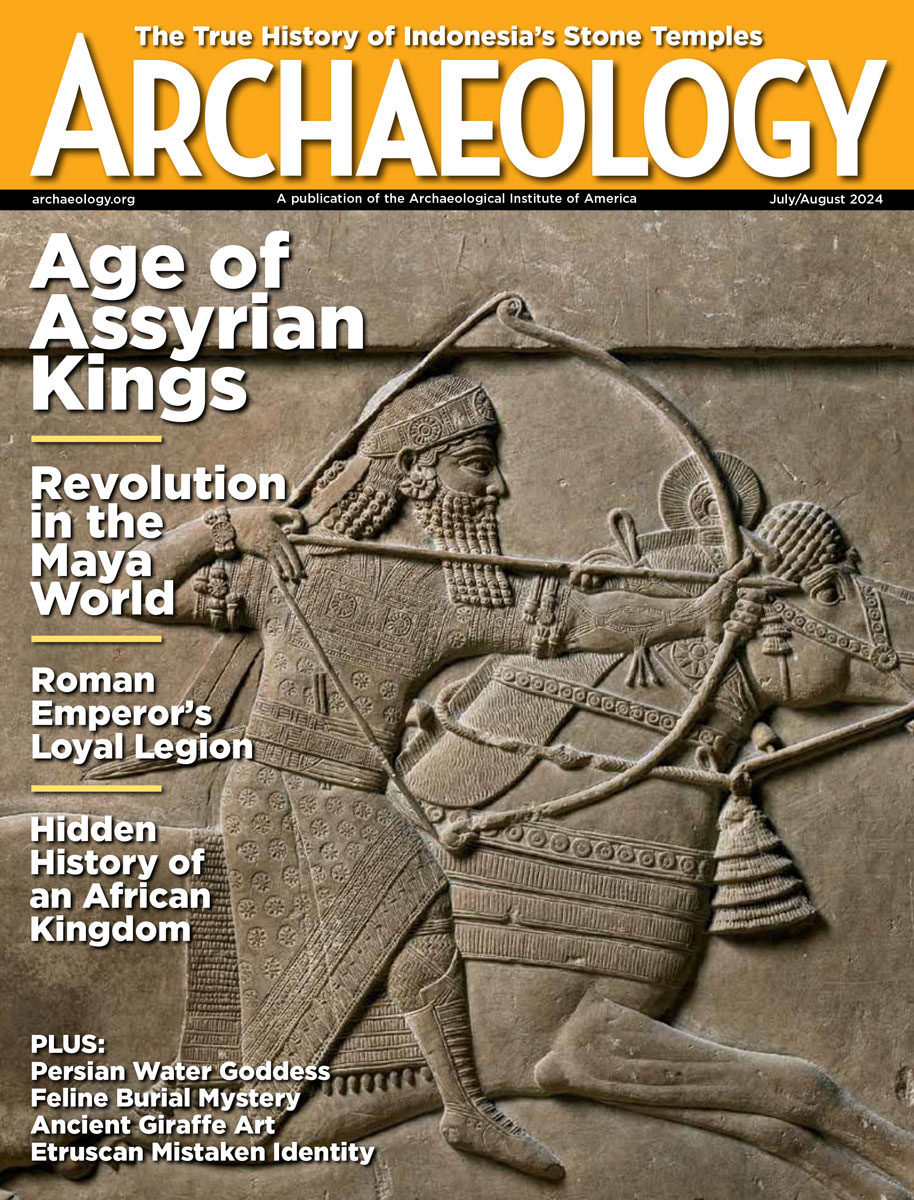Tuesday, September 2
September 2, 2008
Marine ecologist Claudio Richter and others have identified a rare species of giant clam that was once the dominant variety. Did early hunter-gatherers cause the decline, and did they migrate out of Africa to search for more clams?
Alain Beauvilain of the University of Paris at Nanterre discovered the fossilized bones of Sahelanthropus tchadensis, aka Toumai, in Chad in 2001. Earlier this year, the controversial fossils were dated between 6.8 and 7.2 million years ago, using soil samples taken from the site. But Beauvilain says that the skull was found on the surface of the soil. “How many times was it exposed and reburied by shifting sands before being picked up?” he asked. Â
The 6,500-year-old skeleton of a woman was unearthed in southern Poland. Â
A 10,000-year-old cult center and a cemetery where mostly young men were buried were uncovered at Kfar Hahoresh in the lower Galilee. Phallic figurines, shells, pottery, a sickle blade, and a whole herd of cattle were also found. Â
Ian Gilligan studies prehistoric clothing at Australian National University. “Over the last five to 10 thousand years there have been a lot of enormously big changes in the way humans live,” he said. Â
More than 1,500 unexploded bombs dropped by the German Luftwaffe during World War II are still scattered over Scotland. Â
Construction of an underground parking lot is underway on the historic Pincio hill in Rome. “This project is a monstrosity. That’s all there is to it. There are no possible compromises,” said Giorgio Muratore, an architecture professor who advises the city’s mayor. Â
Here’s another article on the discovery of a copper vessel containing a golden jar, bones, and a gold wreath of oak leaves buried in a temple at Vergina, in northern Greece. “Archaeologists must explain why such a group…was found outside the extensive royal cemetery. [They must also] work out why the bones of the unknown – but by no means insignificant – person were hidden in the city’s most public and sacred area,” said Chryssoula Saatsoglou-Paliadeli of the University of Thessaloniki. Â
Physical education teacher Greg Baney has taught the kids at Oaklyn and Priestley elementary schools in Sunbury, Pennsylvania, to play the ancient Maori game of Ki-o-rahi in gym class. Way to go!
- Comments Off on Tuesday, September 2









